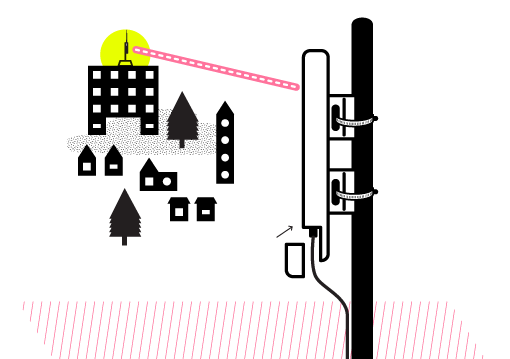

Houses are normally constructed around 150-300 mm over the adjoining road level.It also prevents cracks in the building when the foundation suffers from settlement.Provides a better aesthetic appeal to the building.

Gives strength and durability to the residential unit.It is a kind of waterproofing sheet laid above the ground floor level to protect the house from any damage because of added moisture Plinth protects the rest of the house from dampness, mold and mildew. In framed structure houses and buildings plinth beams are used as a barrier for protection from water seepage.The plinth doesn’t allow the dampness and moisture of the ground floor to reach the building’s top structure.It acts a barrier or a retaining wall that keeps the concrete filled ground floor below the raised floor of the building.It evenly distributes and disperses the load of the columns to the foundation evenly.Here is a quick rundown on some of the most important advantages of plinth when constructing a house. Uses of Plinth in the Construction Industry Check out these uses of plinth in the construction There are also many other uses of plinth which we will discuss in this blog. The main function of a plinth in construction is to distribute the load of the columns over the foundation evenly. Column bears the weight of the building’s structure but all this weight presses down on the column. It is a wall between the ground level and the ground floor level. It is a rectangular block of stone on which a column and pillar of a building stands. – Difference Between Plinth, Sill and LintelĪ plinth level forms the foundation of a house.


 0 kommentar(er)
0 kommentar(er)
